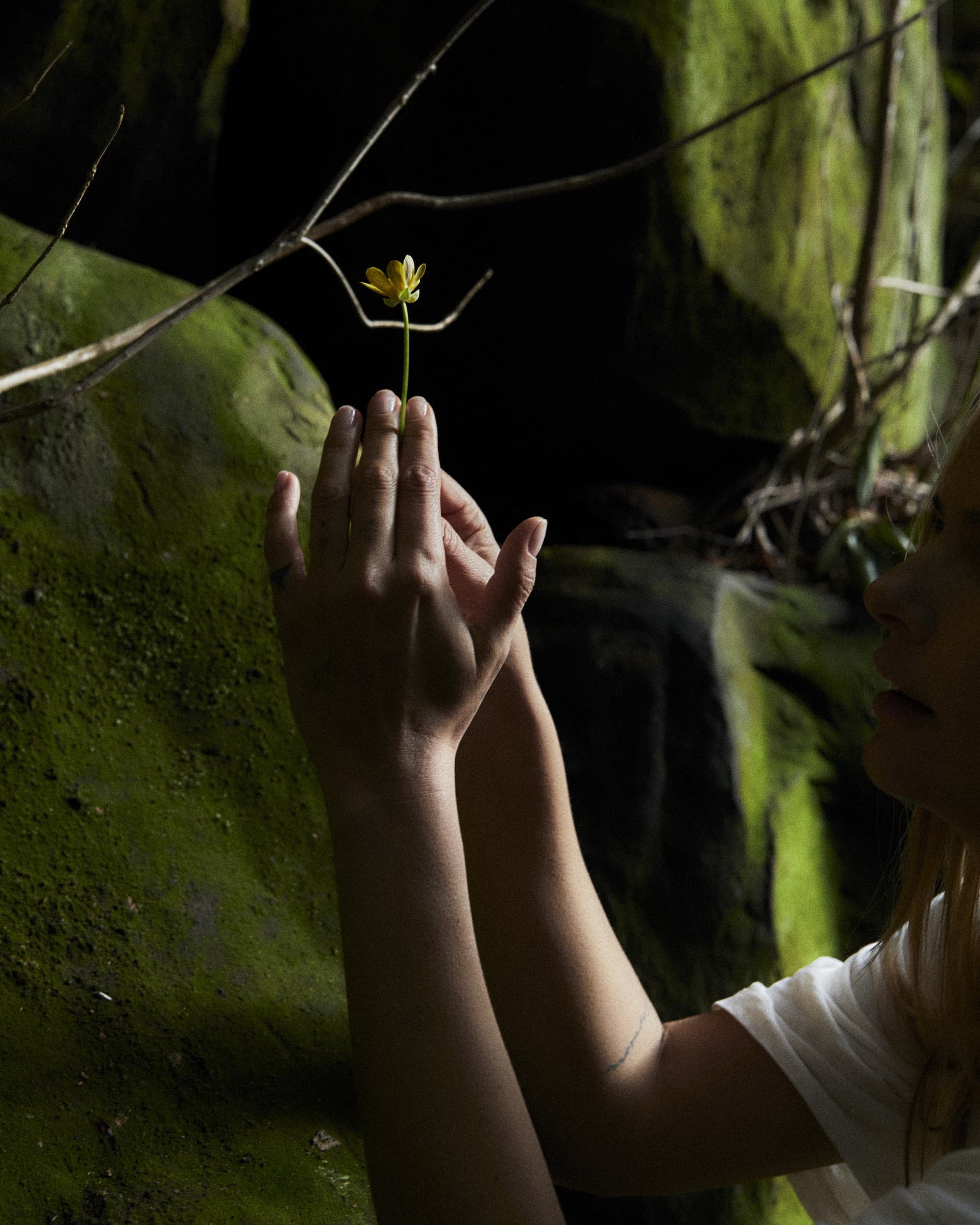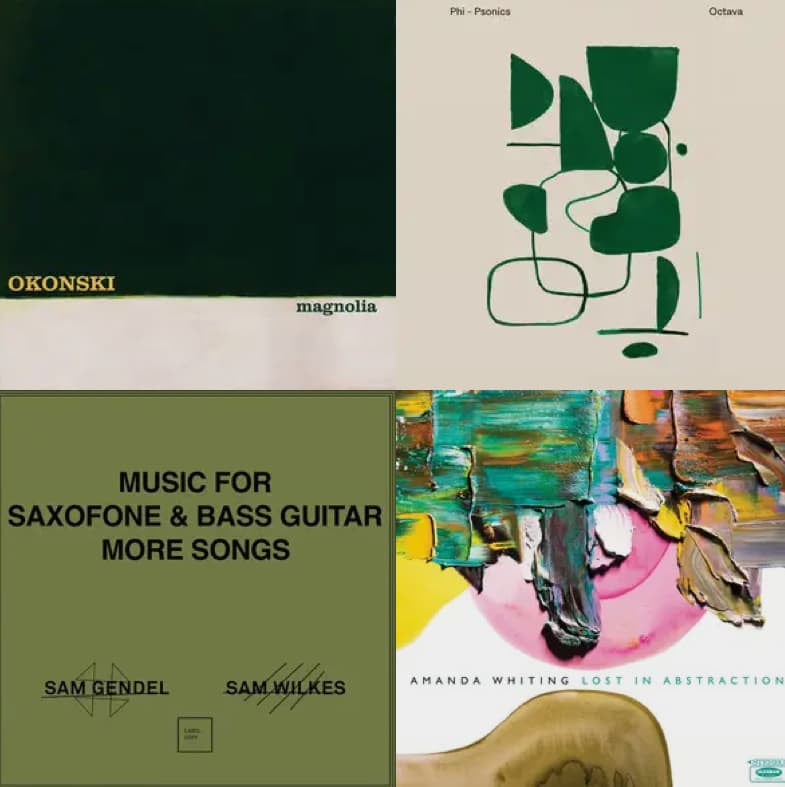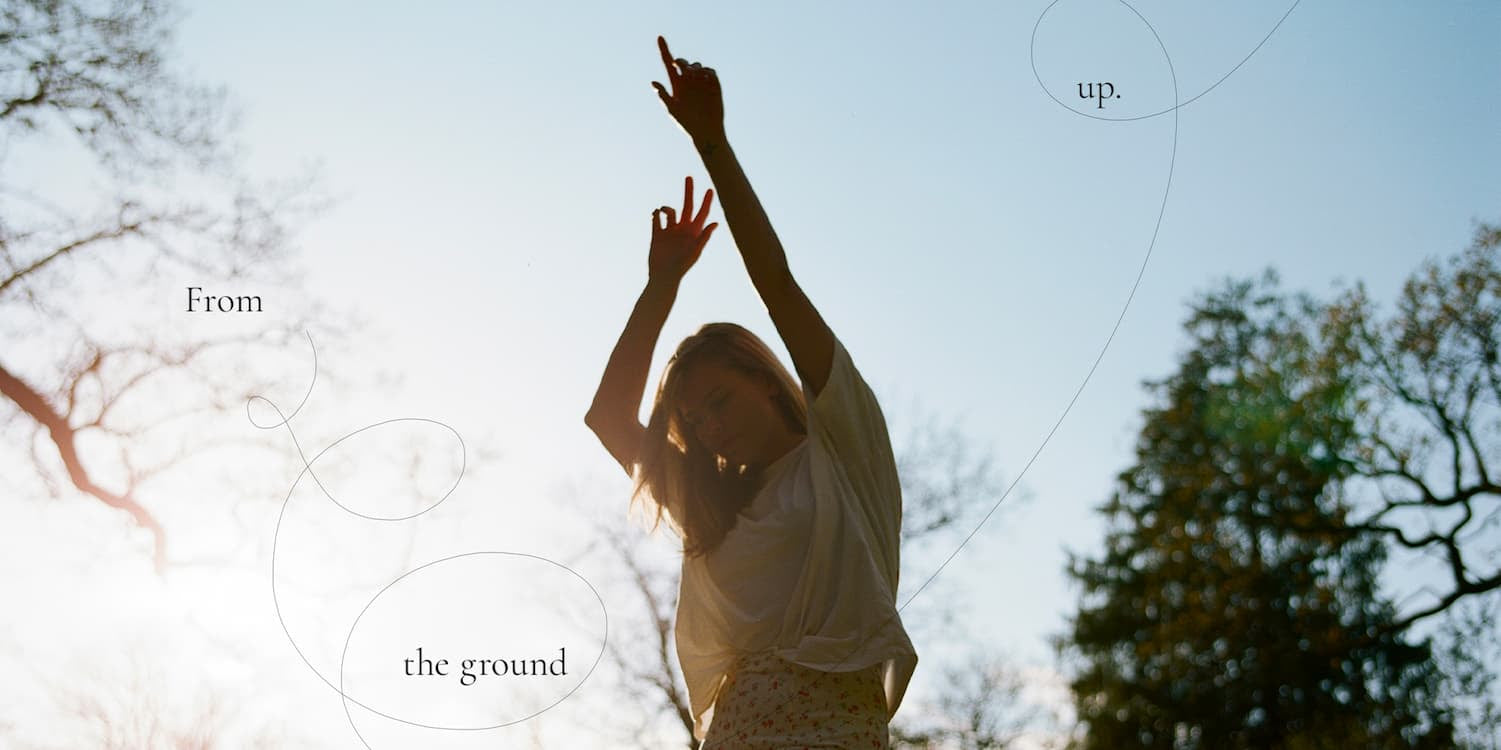
Cosmic compass
I drove my kids back from Cornwall during the nighttime a few weeks ago. The roads were empty, as I'd hoped, and as the sky grew dark, I noticed all of a sudden an enormous half moon appear eye-level with me; one side so spectacularly bright and clear, I could see every lump and bump on its surface, the other half hidden completely in the black. It appeared and disappeared behind trees constantly over the six hours it took me to drive back to London and it kept me spellbound the entire way, as if I were watching a papier mâché moon dancing on a Shakespearean stage. I think, at one point, I even spoke to it!
It's rather unsurprising, then, that my "saveds" on my Instagram account are nearly all posts from astrologers, mystics and soulful guides or teachers. @moonomens, one of my favourites, has 5.8M followers, so at least I'm very much not alone in my mystical musings. Even this morning, I watched Emma Stone speak at the Venice Film Festival about Carl Sagan and his series Cosmos, reflecting on how we narcissistic humans forget that we are but a tiny part of a huge universe. It does seem strange to me that despite the evolution of physics, we still pay fairly little attention to the forces that keep our planet spinning.
I've found that far from feeling like the daunting unknown, there's a certain relief in believing (however flippantly) that our life is governed, in part, by planetary motions. Following cosmic cycles feels almost like an act of rebellion against the strict and rigorous rules by which we live. Instead of pushing forward in a state of self-doubt, we can allow ourselves to float in flow, simply moving with the present as it unfolds, and, thanks to the motivational signposts from the people who can or cannot read the stars, moving where we want and need to go, rather than being constrained by the rules of everyday life.
By leaning into astrological guidance, we naturally strike up a dialogue between ourselves and the Universe and, as a result, clues, synchronicities and sparks start appearing. They really do! We shift into a higher frequency simply in our surrender to the hopeful unknown — in our sacred partnership with the Infinite. Self-doubt disappears in place of empowering cosmic alignments and eclipse cycles; our own inner universe with its hormonal phases, mood shifts and erratic sleep patterns becomes more manageable, forgivable, understandable — or, not needing to be understood.
So, here are some cosmic pointers for you as we enter September tomorrow: two powerful eclipses — the Pisces Lunar Eclipse on September 7th (surrender the old!) and the Virgo Solar Eclipse on September 21st (renewal and alignment). I'd like a bit of both and I'll be speaking to the moon again on both those nights to help keep me on that road.
Olivia x
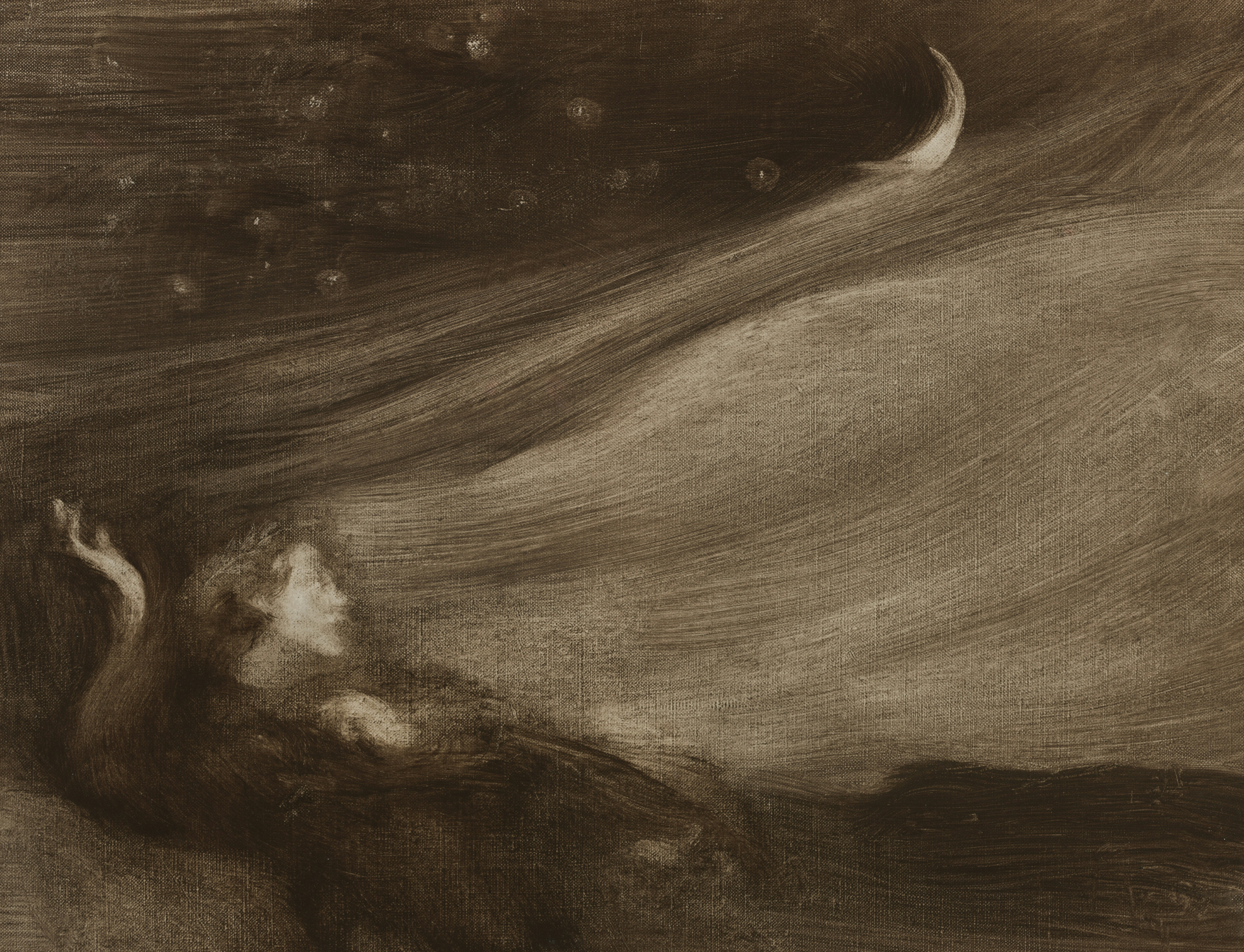
BTS
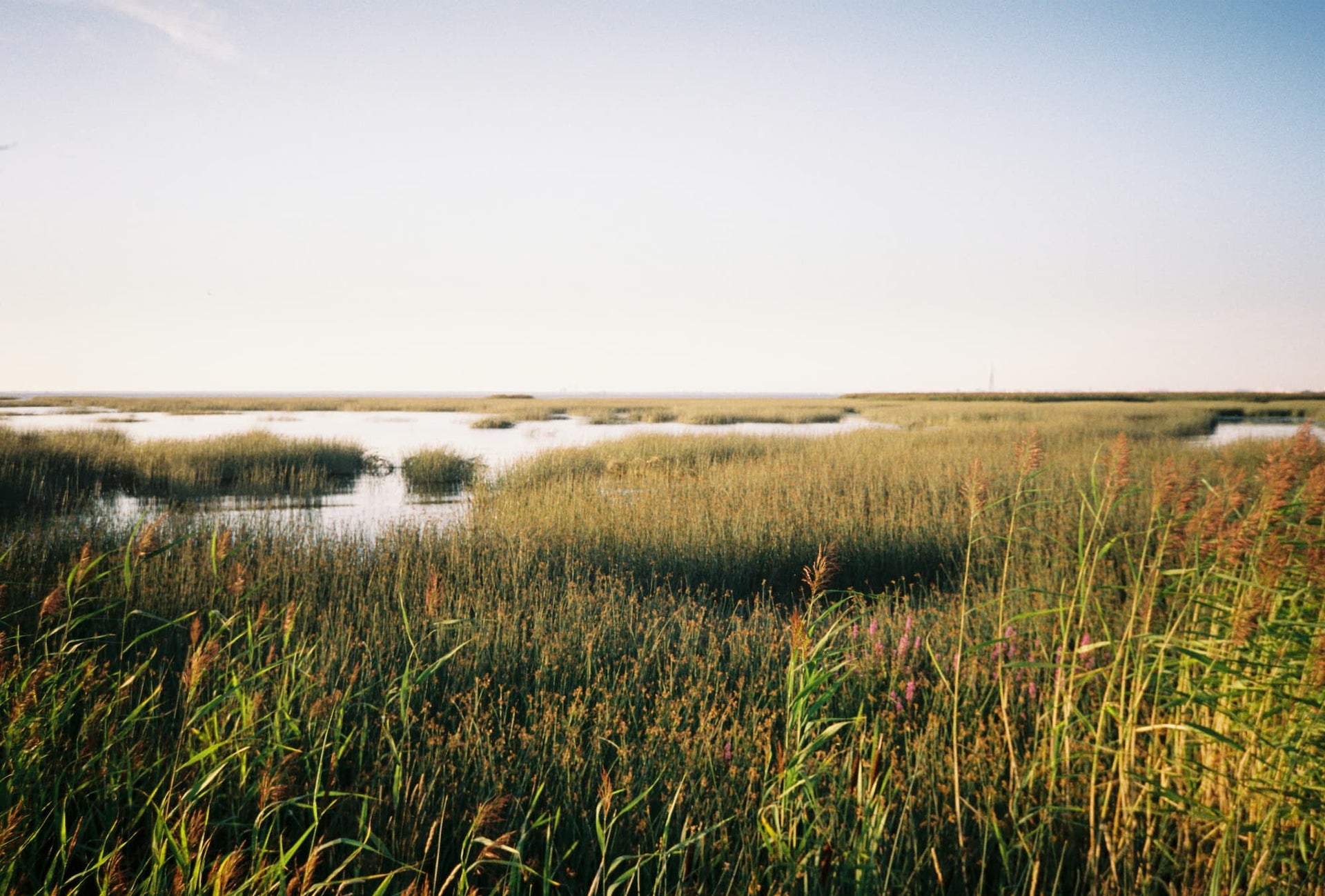
Roots
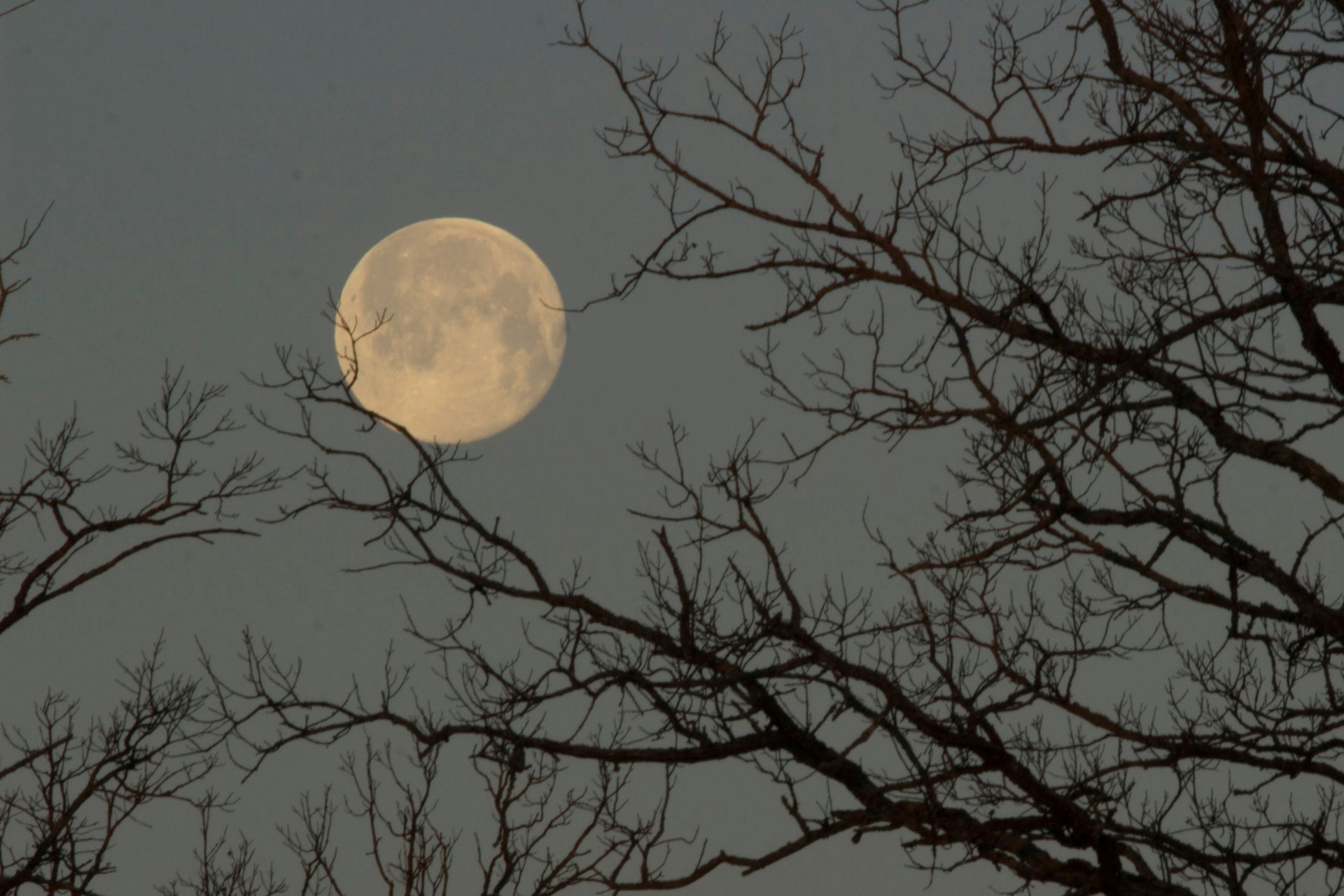
Body
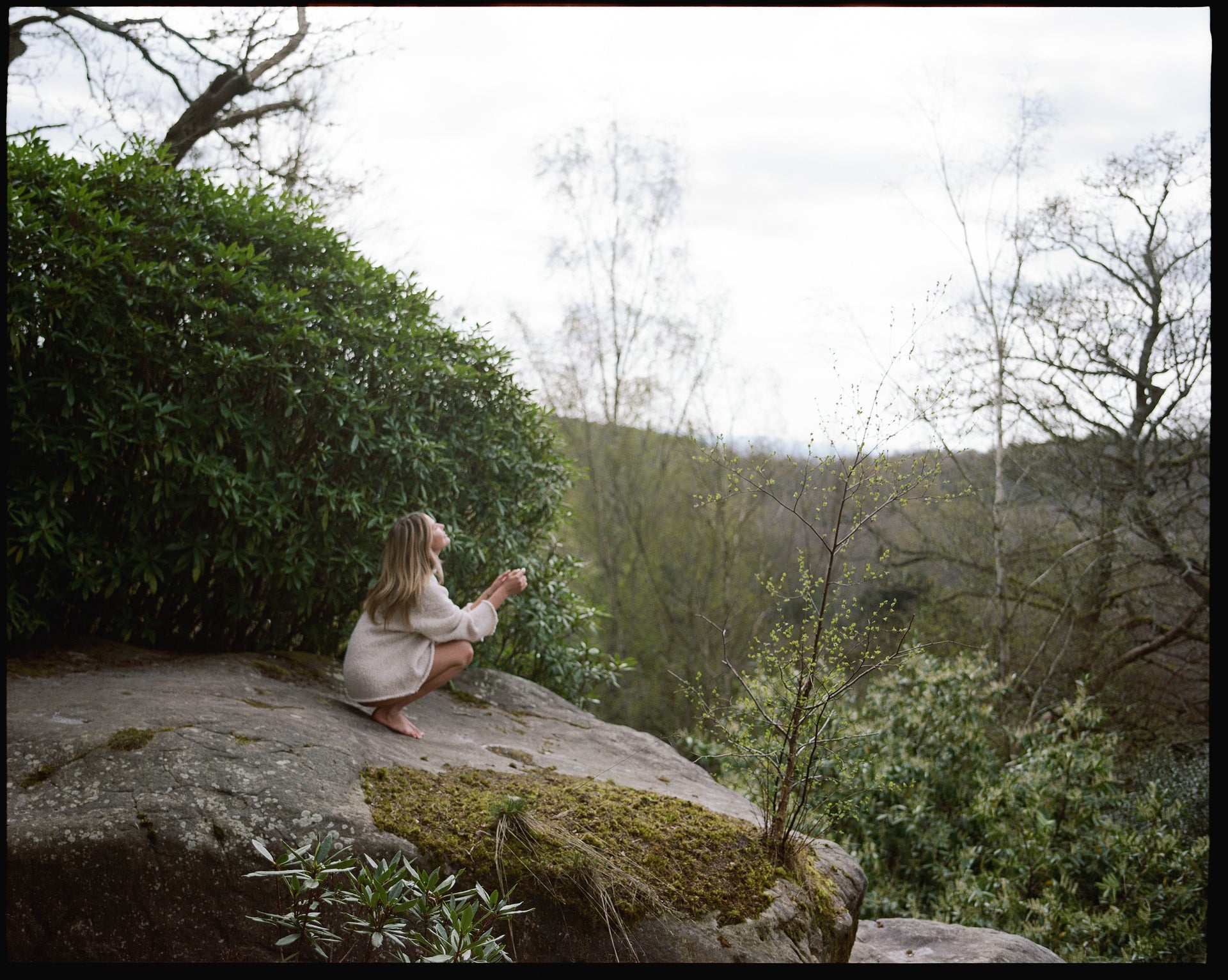
Long Haul
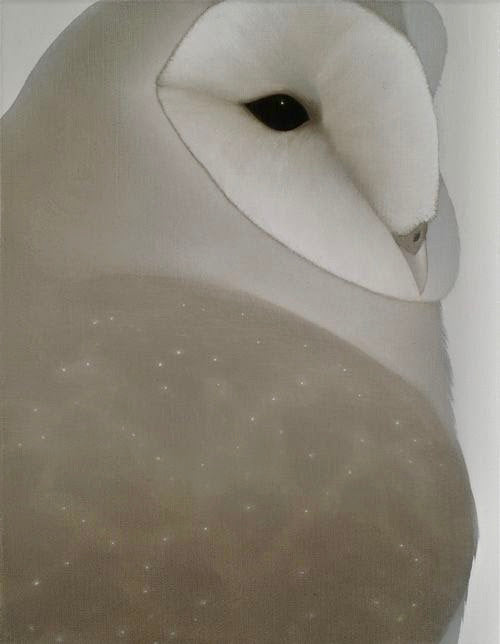
Mind
